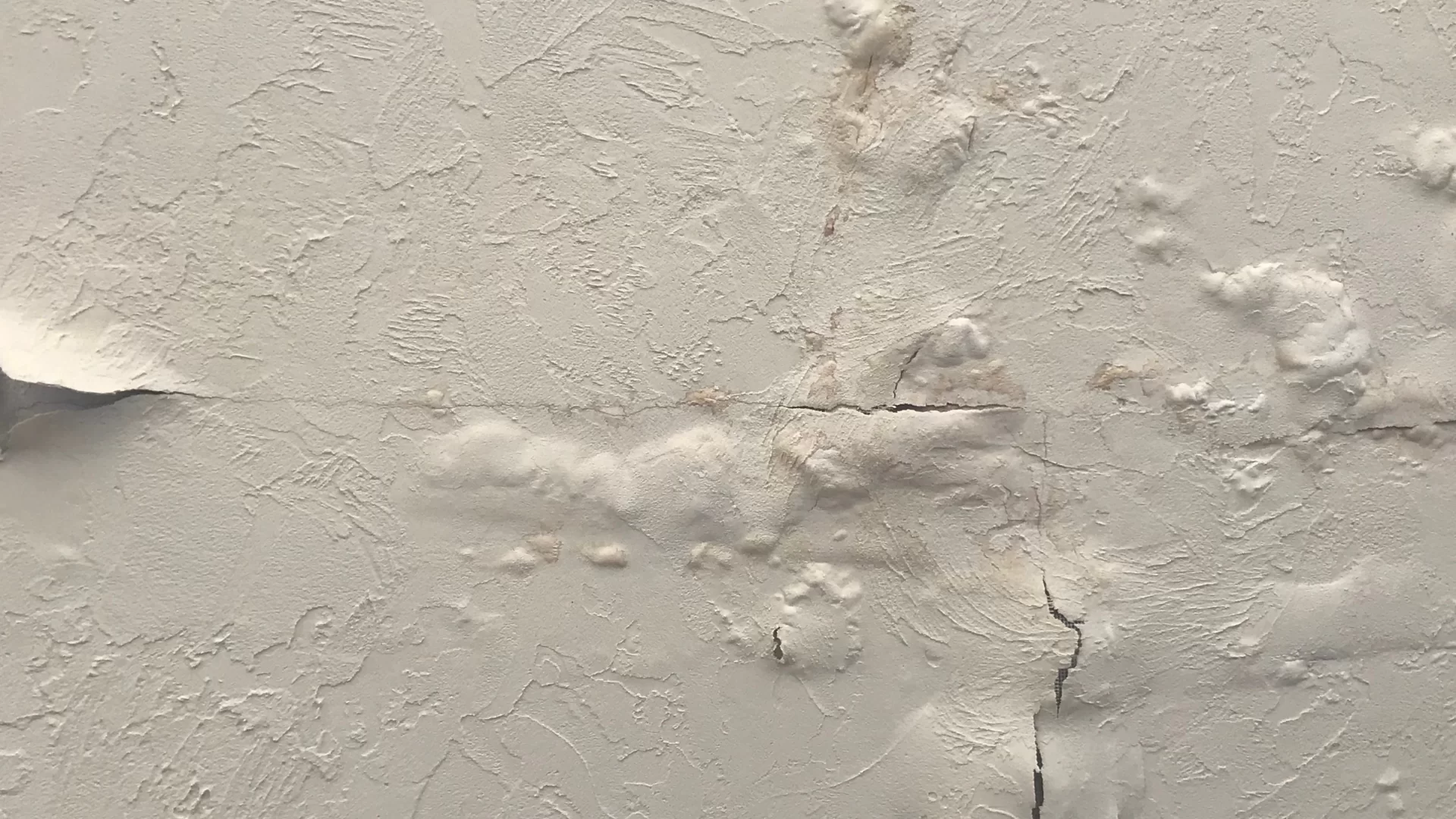Imagine walking into a room and noticing an unusual sight—a bubble or blister on your ceiling, yet no signs of water dripping or leaking from above. This can be a perplexing discovery for homeowners, as it raises questions about its cause and what action, if any, needs to be taken. In this article, we’ll explore the various reasons why a bubble may form on your ceiling when there’s no visible water source and discuss potential solutions to this peculiar issue.

Understanding Ceiling Bubbles
Ceiling bubbles, often referred to as blisters, are areas where the paint or drywall has separated from the ceiling’s surface, creating a raised, bubble-like appearance. These bubbles can vary in size and can be a cause for concern, as they may indicate underlying problems.
1. Humidity and Heat
Description: Fluctuations in humidity and temperature can lead to the expansion and contraction of materials in your home, including the ceiling. When warm, moist air rises and contacts a cool ceiling surface, it can create a bubble as the materials react to these changes.
Solution: Ensure proper ventilation and humidity control in your home to minimize extreme temperature variations. Bubbles caused by humidity and heat often recede on their own when conditions stabilize.
2. Poor Paint Adhesion
Description: Bubbles can occur if the ceiling was painted without proper surface preparation or if poor-quality paint was used. In such cases, the paint may not adhere securely to the ceiling, leading to blisters.
Solution: To address poor paint adhesion, you may need to scrape off the bubbled paint, sand the surface, and repaint using high-quality paint after ensuring the ceiling is clean and dry.
3. Water Damage in the Past
Description: Sometimes, a bubble on the ceiling can be a remnant of past water damage, even if there are no current signs of water leakage. The moisture from the previous incident may have caused the ceiling materials to weaken, leading to a bubble.
Solution: Inspect the ceiling and surrounding areas for any signs of past water damage. If identified, it’s crucial to address the root cause of the water issue and repair any compromised materials.
4. Inadequate Ventilation
Description: Inadequate ventilation in your home can trap excess moisture, which may accumulate in the ceiling and lead to blistering. This is more common in areas with high humidity, such as bathrooms.
Solution: Improve ventilation in problematic areas by using exhaust fans and ensuring that air circulates freely. This can help reduce moisture buildup and prevent future bubbles.
5. Ceiling Material Issues
Description: Bubbles can form when there are issues with the ceiling material itself, such as poor installation or a defect in the drywall or plaster.
Solution: In cases where the ceiling material is the source of the problem, it may require replacement or repair by a professional to ensure a smooth, even surface.
Conclusion
Finding a bubble on your ceiling without visible water can be confusing. Understanding the causes and taking action is crucial. Whether it’s related to humidity, poor paint adhesion, past water damage, inadequate ventilation, or issues with the ceiling material, addressing the root cause is key to preventing further problems. Regular maintenance, good ventilation, and proper surface preparation when painting can help keep your ceilings bubble-free and in good condition.
